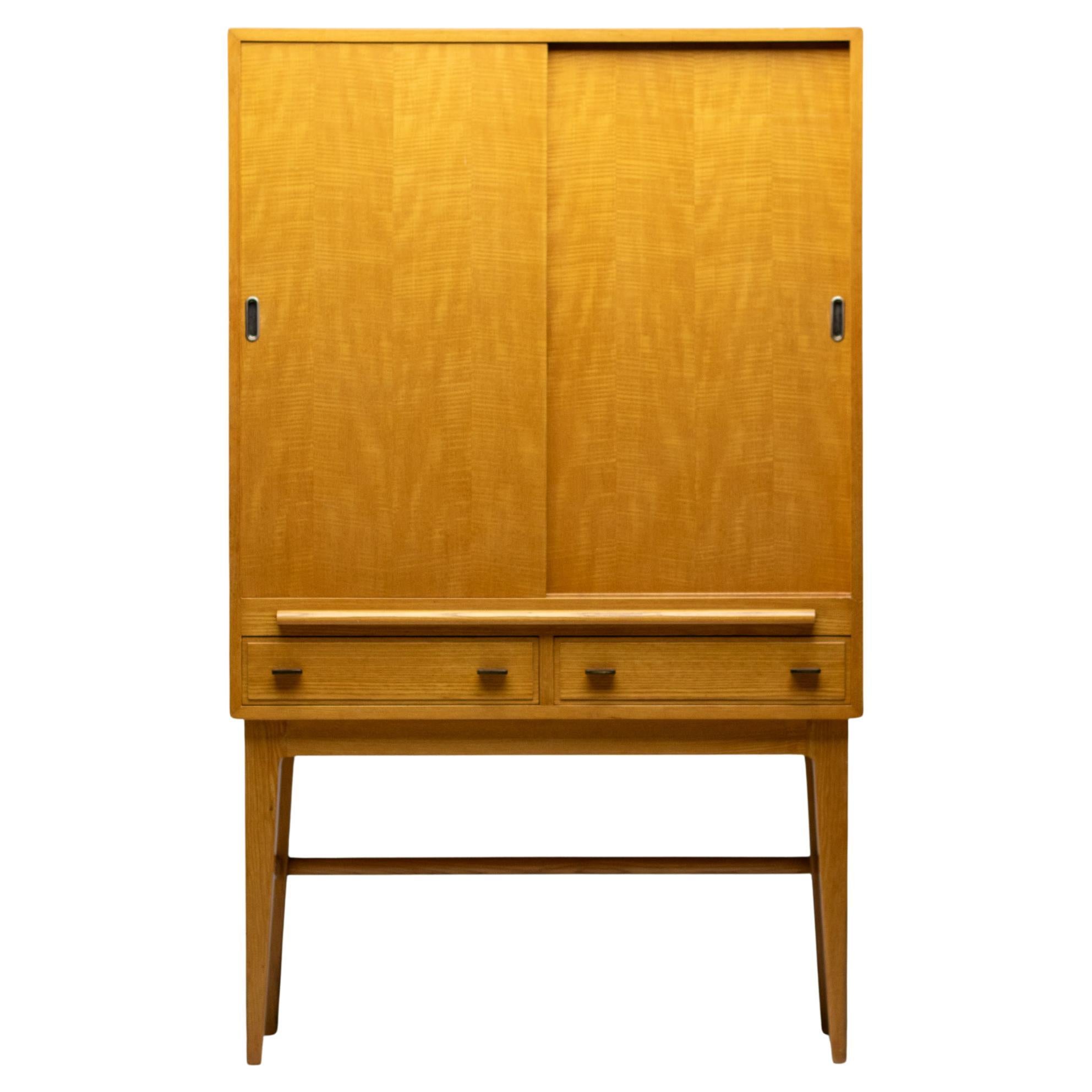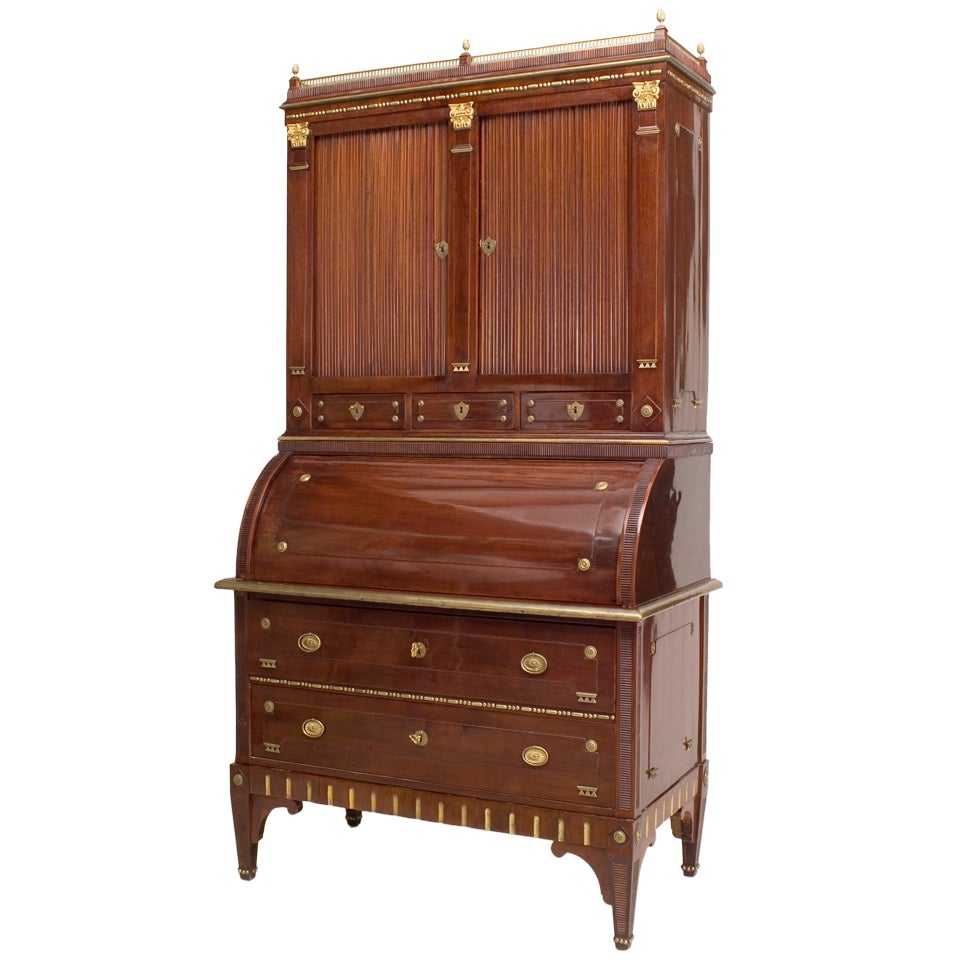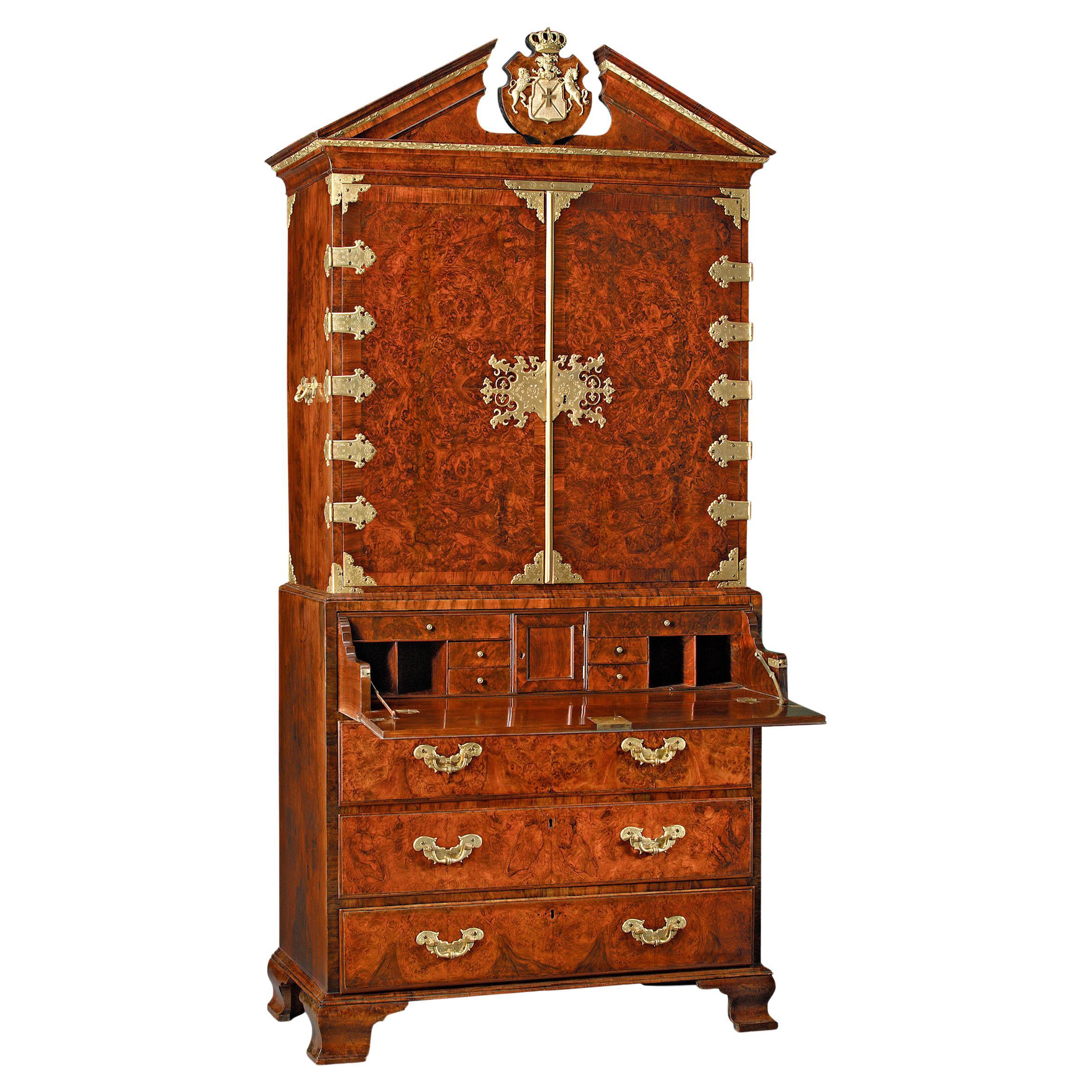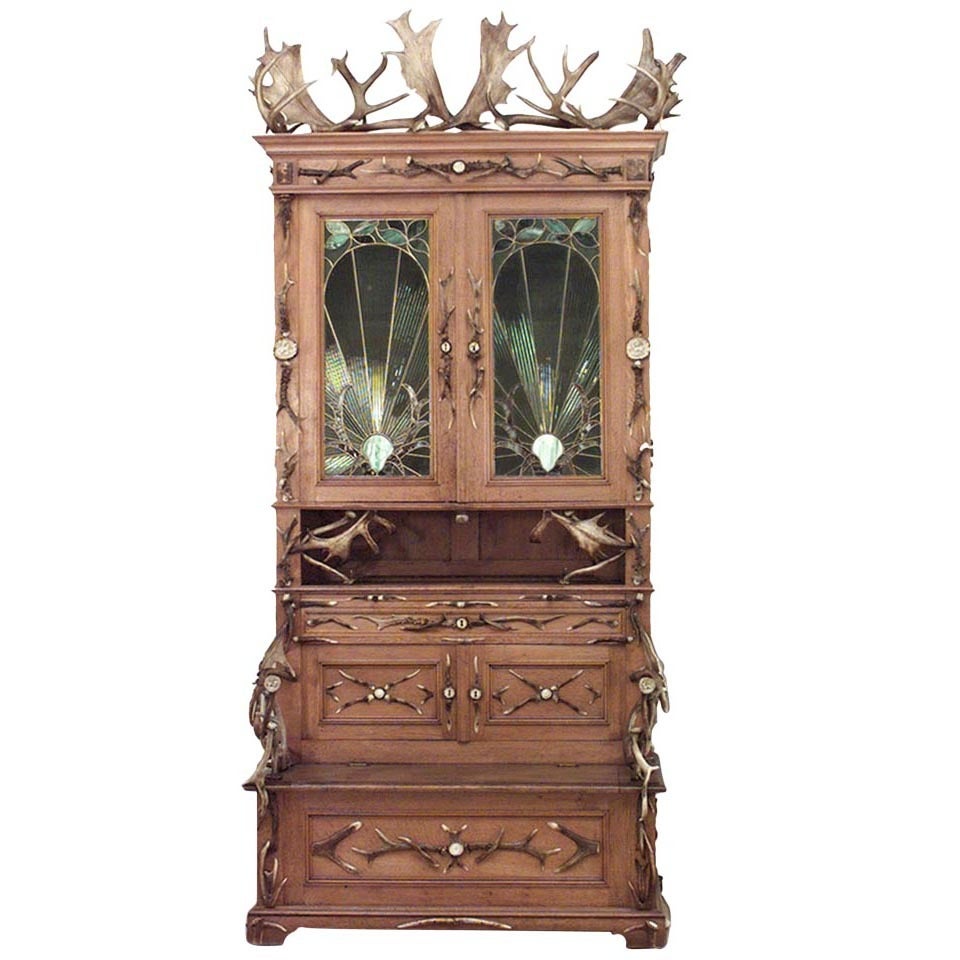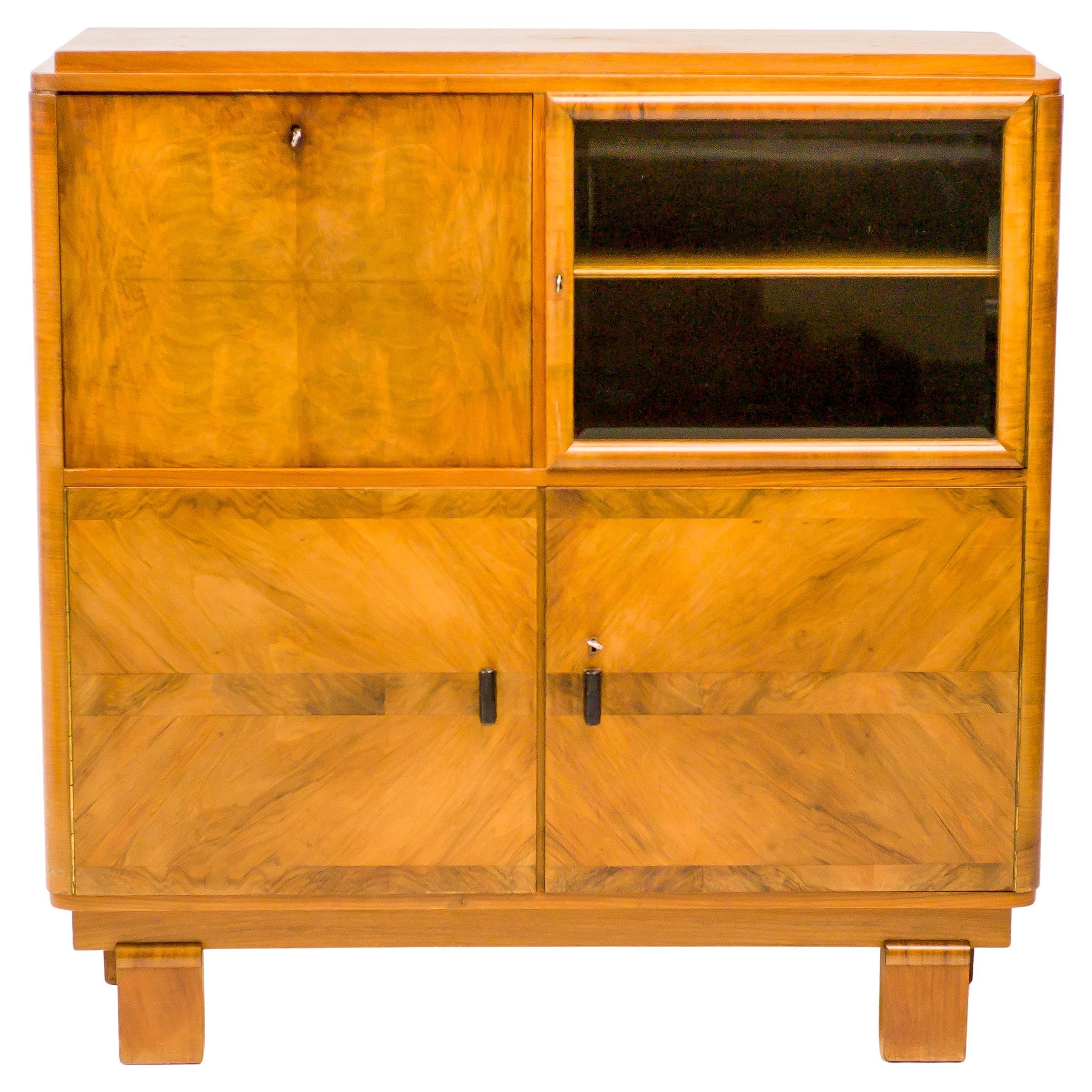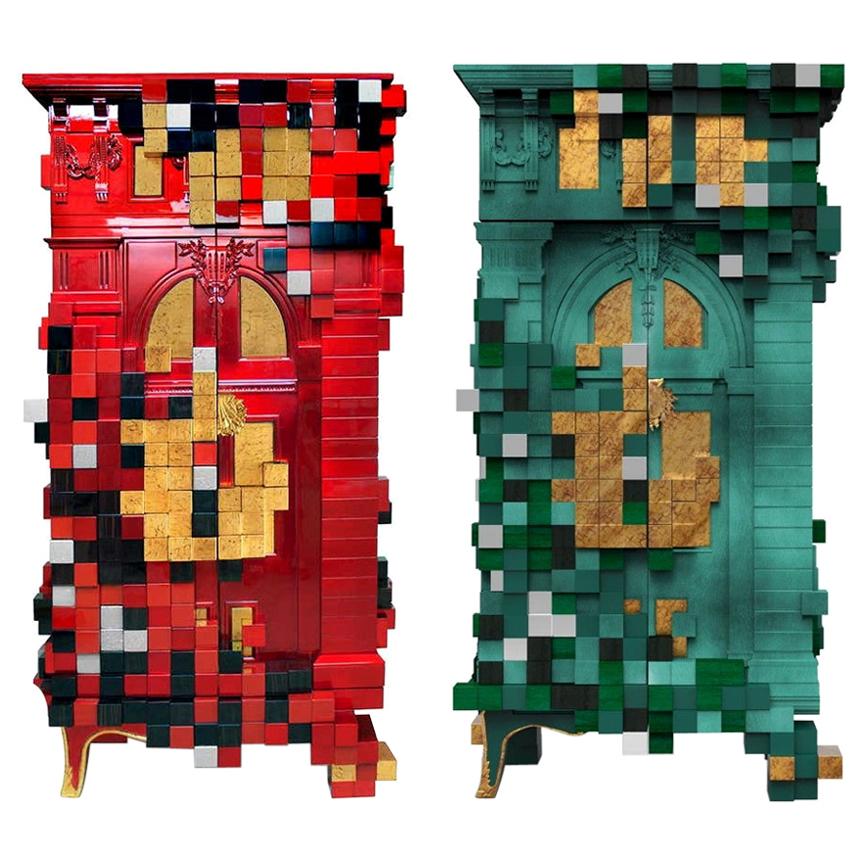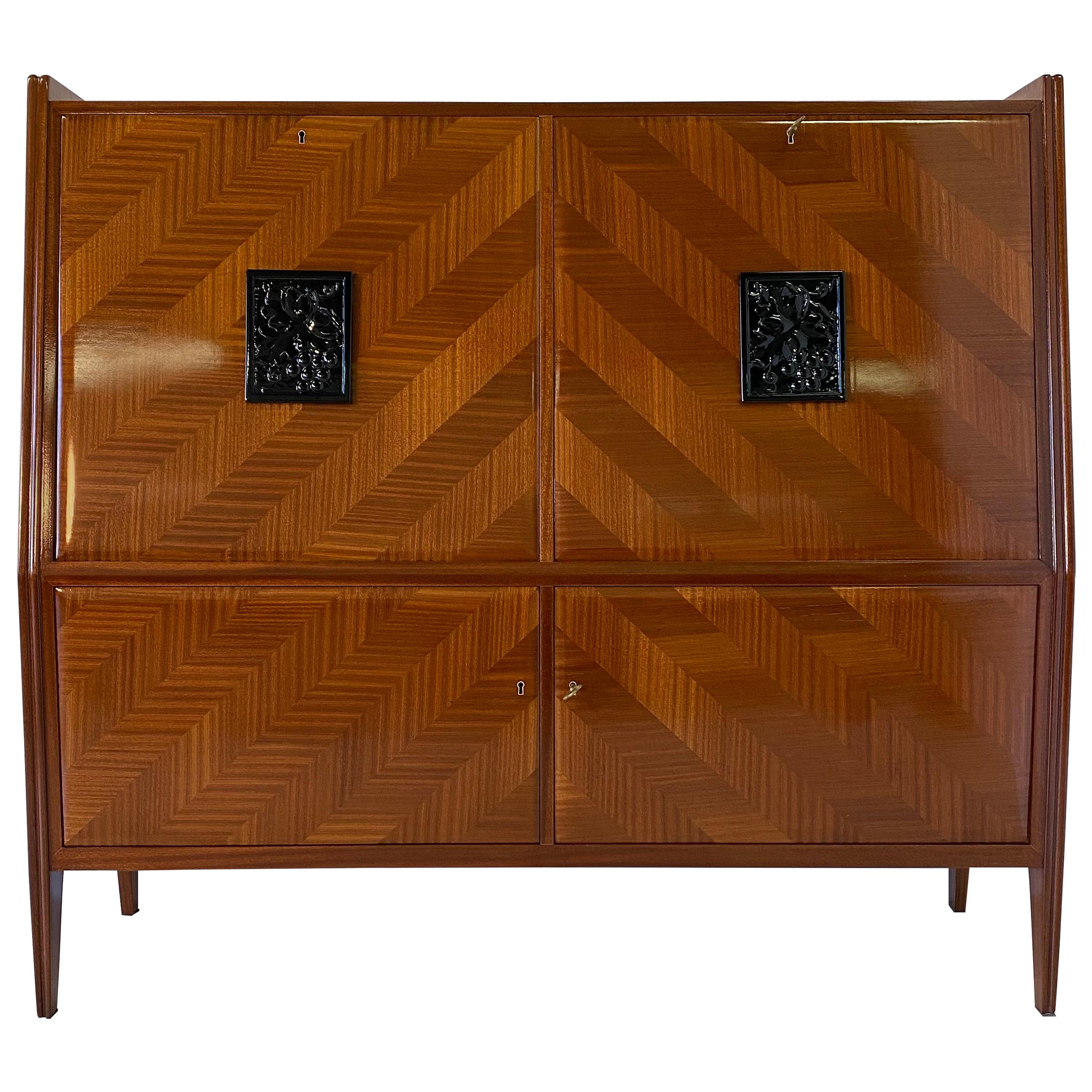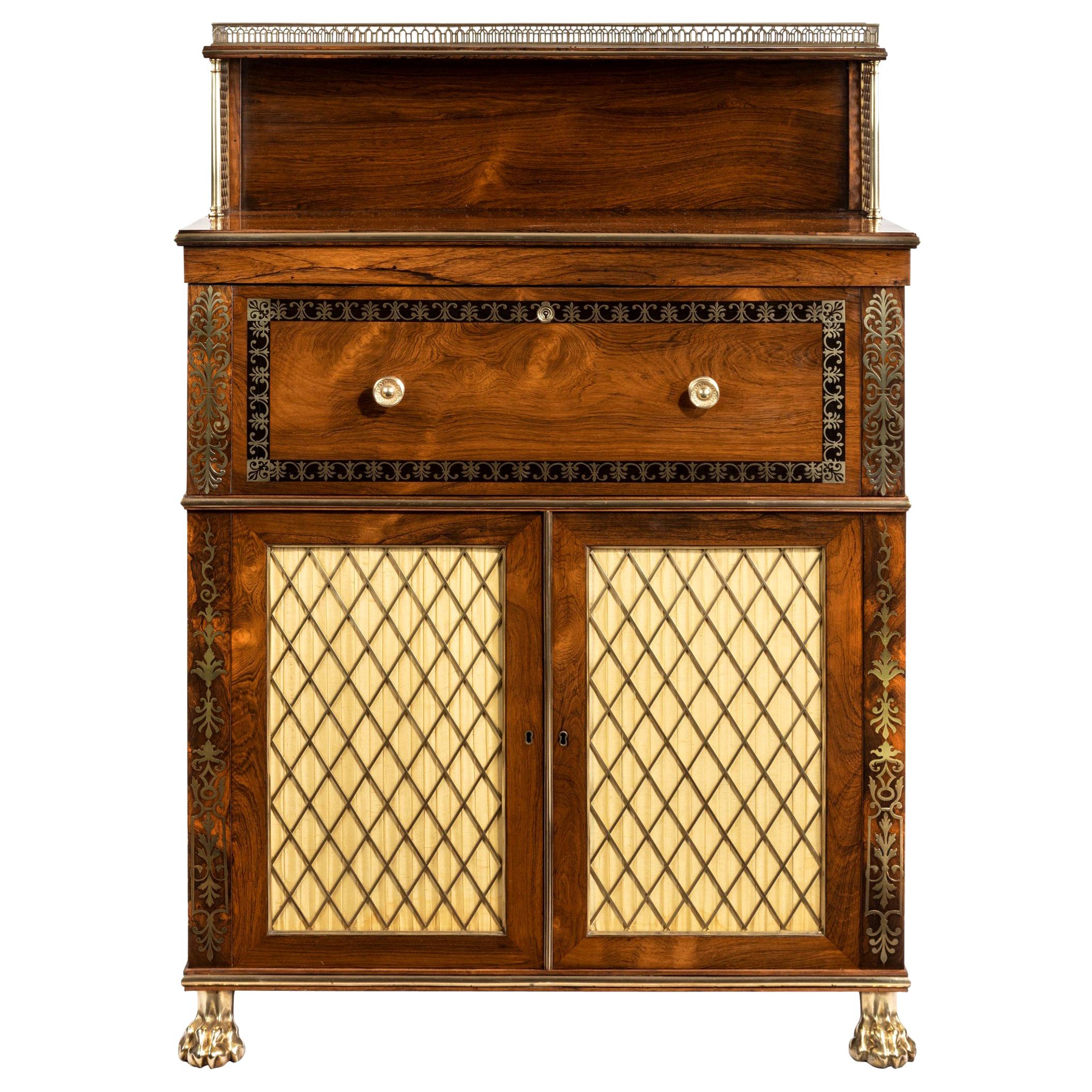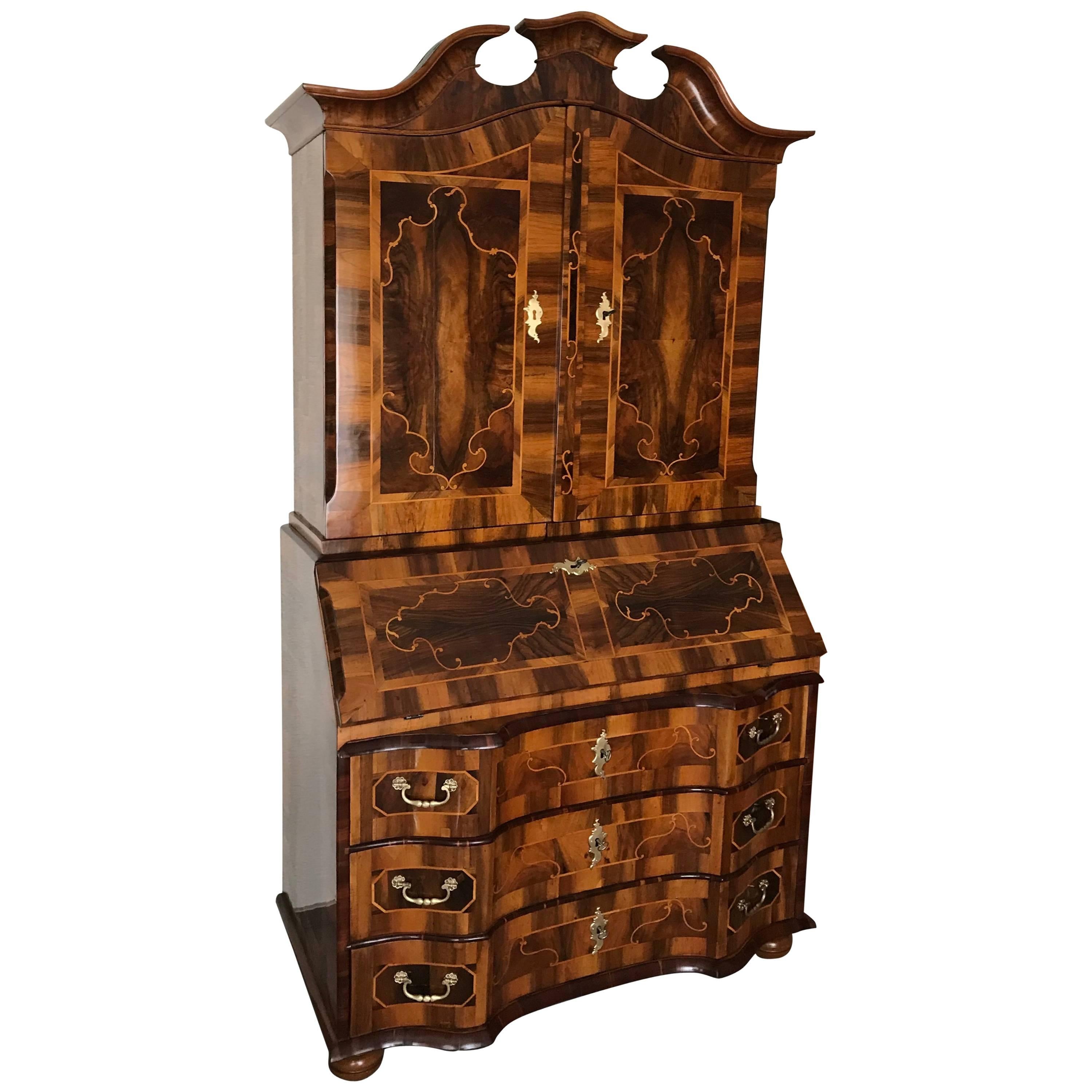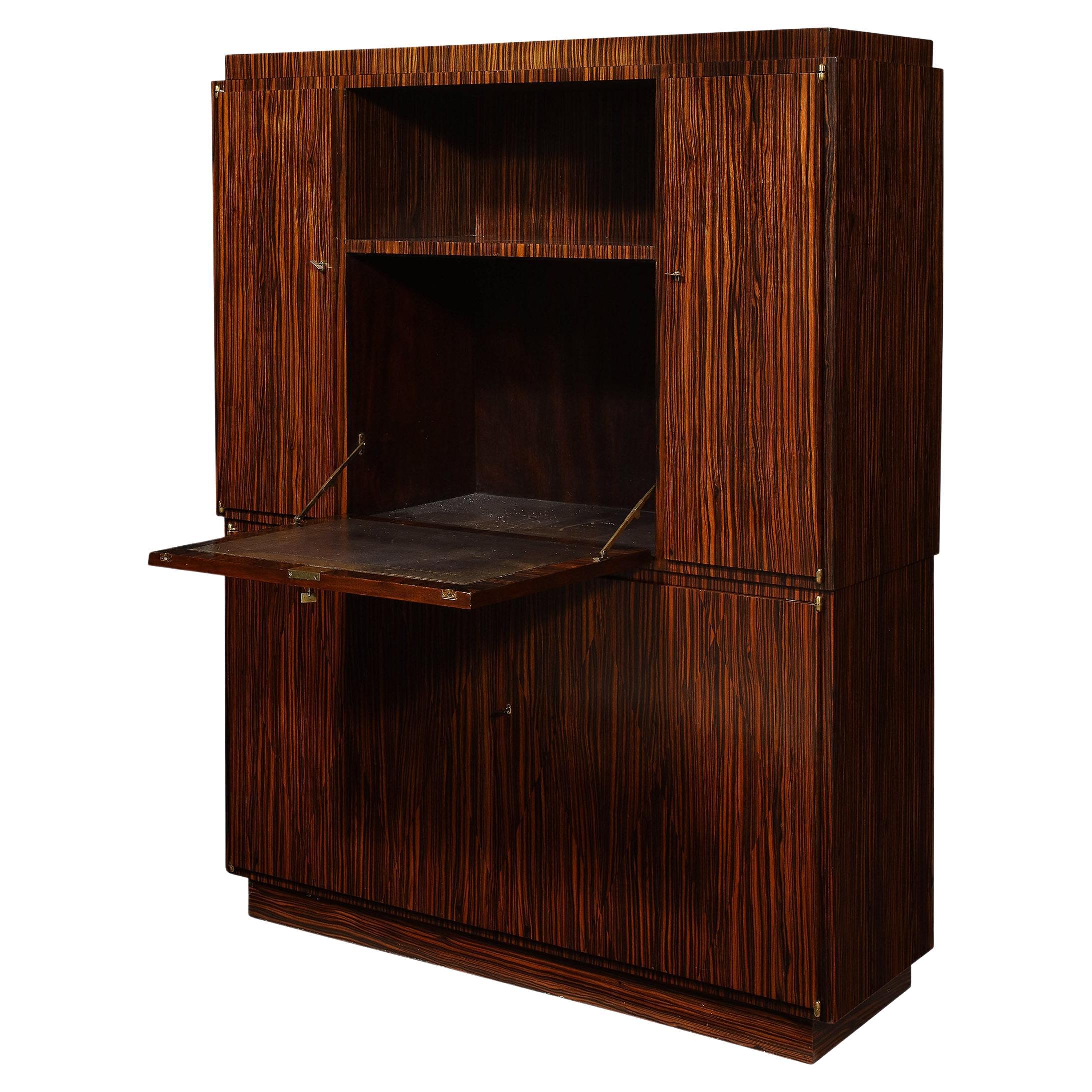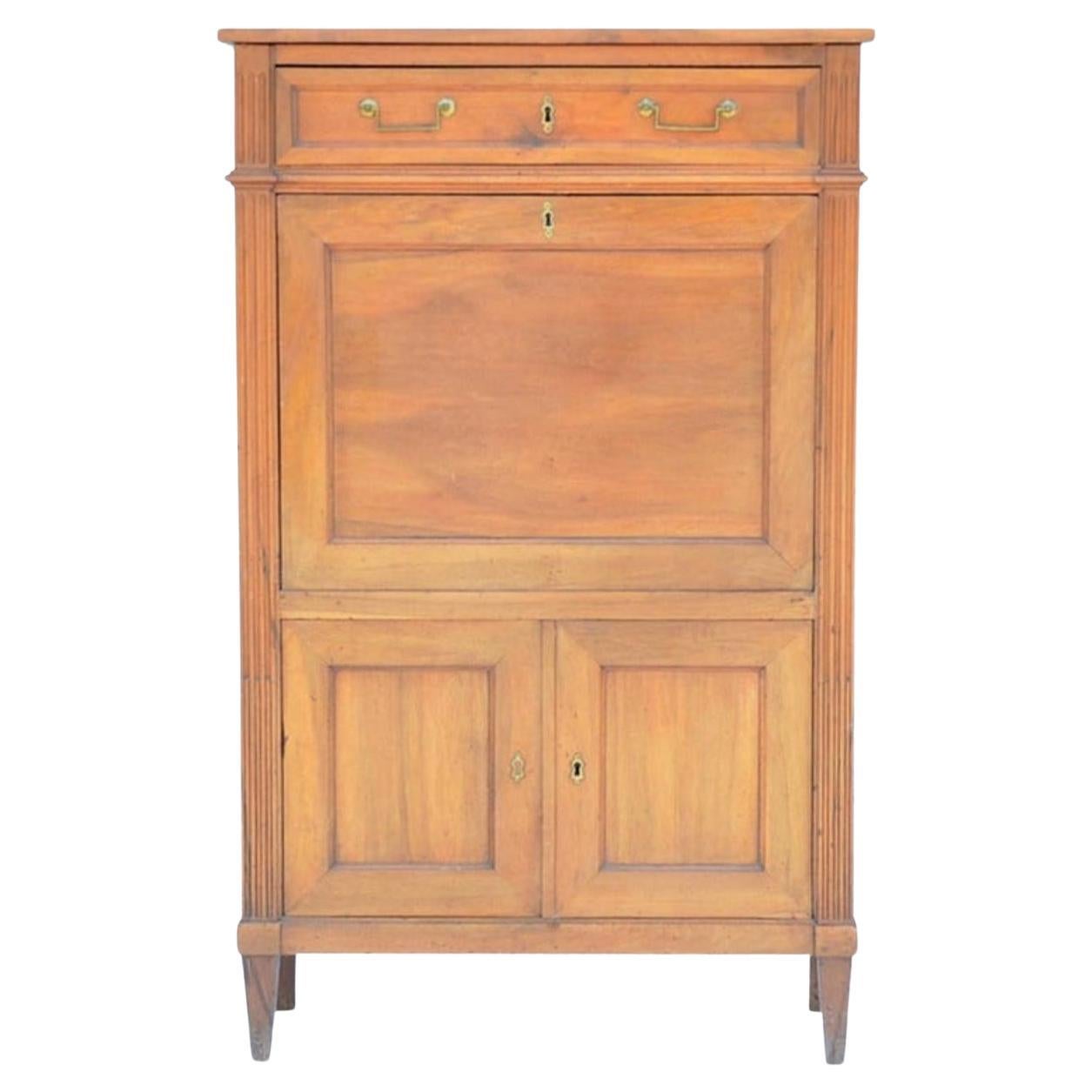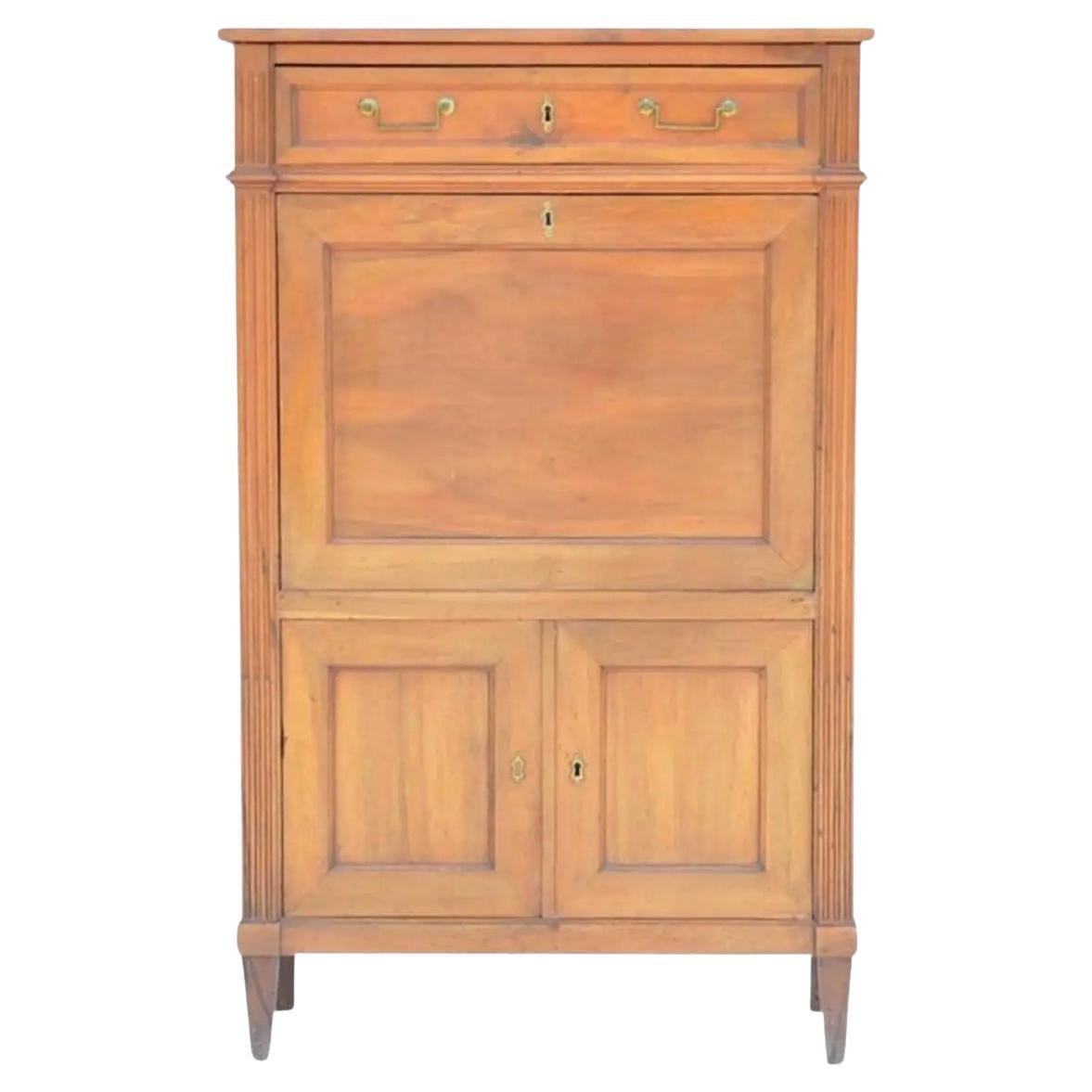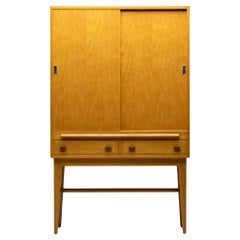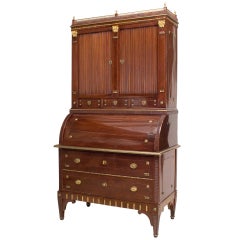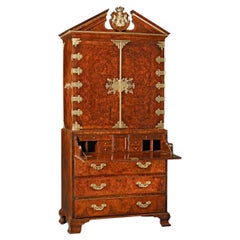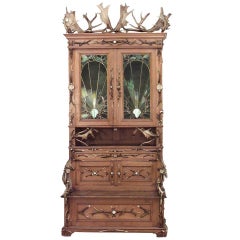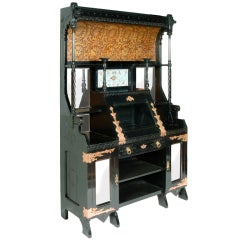
Kimbel & Cabus Cabinet
View Similar Items
1 of 4
Kimbel & Cabus Cabinet
$18,500List Price
About the Item
- Dimensions:Height: 79 in (200.66 cm)Width: 51 in (129.54 cm)Depth: 19 in (48.26 cm)
- Materials and Techniques:
- Place of Origin:
- Date of Manufacture:c. 1876
- Condition:Ebonized finish restored. Mirror recreated to match existing original. Original hand-painted tile plaque and cast brass and/or copper hardware.
- Seller Location:Southport, CT
- Reference Number:Seller: #2241stDibs: U120924950511
Authenticity Guarantee
In the unlikely event there’s an issue with an item’s authenticity, contact us within 1 year for a full refund. DetailsMoney-Back Guarantee
If your item is not as described, is damaged in transit, or does not arrive, contact us within 7 days for a full refund. Details24-Hour Cancellation
You have a 24-hour grace period in which to reconsider your purchase, with no questions asked.Vetted Professional Sellers
Our world-class sellers must adhere to strict standards for service and quality, maintaining the integrity of our listings.Price-Match Guarantee
If you find that a seller listed the same item for a lower price elsewhere, we’ll match it.Trusted Global Delivery
Our best-in-class carrier network provides specialized shipping options worldwide, including custom delivery.You May Also Like
Modernist Pander Cabinet
By H.Pander & Zonen
Located in Dronten, NL
Beautiful Mid-Century Modern cabinet made by Pander & Zonen, renown Dutch manufacturer of high-end furniture in the first half of the 20th Century. Pander worked with important inter...
Category
Mid-20th Century Dutch Mid-Century Modern Cabinets
Materials
Ash
$3,250
Russian Mahogany Secretary Cabinet
Located in Queens, NY
Russian (Possibly Baltic) (18/19th Century) mahogany & bronze trim secretary cabinet with a roll top centering a 2 tambour door top and chest with 2...
Category
Antique 18th Century Unknown Baltic Secretaires
Materials
Brass
King George I Ambassadorial Secrétaire-Cabinet
Located in New Orleans, LA
This highly important secrétaire-cabinet was crafted for and specially ordered by King George I for the British Ambassador to Russia. From its craftsmanship and materials to its exceptional artistry, it is a work of royal and historic significance that exudes power in each and every detail. The broken pediment at its apex features the simplified royal coat of arms bearing the king’s crown, while the interior is adorned by portraits of the British Royal Family. Placed within the ambassador’s St. Petersburg home, this entirely unique piece of furniture would have been a potent reminder of England's grandeur and political importance.
Relations between England and Russia during this period were at an all-time high. Peter the Great had traveled to England in 1698 as part of his widely known “Grand Embassy” tour, wherein he attempted to gain foreign support against the Ottoman Empire. He spent a period of nearly four months there, meeting with King William III and his court on numerous occasions. Noted academic Arthur MacGregor wrote concerning the impact of the trip, “For two decades following Peter's visit, British influence in Russia reached a peak. It manifested itself in social custom, in craft practice and in ships and naval organization... it reached a significant sector of the population before relations cooled once again and the two nations pulled back from this era of unprecedented cordiality.”
First and foremost, however, it is a reminder of British might and influence. By the reign of King George I, England had come into its own as a world power. Unique in its design, this cabinet is a reflection of the country’s might. It is crafted from the highest-quality solid walnut and burr walnut adorned by gilded lock plates and engraved hinges. The presence of ormolu at its apex and lining the doors was a rarity for this period, and its addition makes manifest the importance of the design.
The outer doors open to reveal multiple interiors, including fifteen separate drawers around a central cupboard; the cupboard doors each bear mezzotint portraits of George I and his father, Ernest Augustus, Elector of Hanover. An etching after the portrait of George I dating to circa 1716 is in London’s Royal Academy. A second, inner pair of doors are adorned by mezzotints of the Prince and Princess of Wales (later Queen Caroline and George II), which are both after portraits by Sir Godfrey Kneller dated 1716 in the Royal Collection. A final portrait is revealed on the very interior of the cabinet, where a mezzotint of Frederick, Anne, Amelia and Caroline, children of the Prince of Wales, resides. An etching (circa 1715-1720) after this portrait can be found in the National Portrait Gallery (London).
Apart from its abundance of royal portraiture, the cabinet features stunning painted decoration, including floral designs as well as clouds, birds and trees in a bucolic motif reminiscent of Eden. Its lower portion is a study in both form and function, featuring a fitted secrétaire-drawer above three additional drawers for storage. The cabinet appears in The Shorter Dictionary of English Furniture by R. Edwards from 1964, a text that is regarded as the bible of British furniture design. Edwards describes it as a “writing cabinet...given by George I to the British Ambassador at the Russian court.”
The cabinet was likely made for the 18th-century German diplomat and writer Friedrich Christian Weber, who represented English interests at the Russian court from 1714 until 1719. Although Weber’s tenure as ambassador was relatively short, while in St. Petersburg, he authored his account entitled Das veraenderte Russland (The Present State of Russia), which was published in three volumes in 1721, 1739 and 1740. It may, however, also have been made for George Douglas, 2nd Earl of Dumbarton, who served as ambassador alongside Weber in 1716. Diplomatic relations ceased between the two countries in 1721.
In 1928, the cabinet appeared for sale at the International Exhibition of Antiques & Works of Art in Olympia. It had previously been in the collection of the Woltner family of Bordeaux, the celebrated vintners who owned the estate Château Laville Haut-Brion and produced wine of the same name. According to the family, Monsieur Woltner was given the cabinet as a gift from an aunt who lived in Russia for many years. After leaving the Woltner collection, the cabinet was acquired by William Berry...
Category
Antique 18th Century English Georgian Secretaires
Materials
Brass
Rustic German Oak & Horn Cabinet
Located in Queens, NY
Rustic German (19th Century) oak cabinet with horn trim & carved medallions with flip seat bench base and upper section with 2 large stained glass doors and...
Category
Antique 19th Century German Black Forest Cabinets
Materials
Oak, Horn, Stained Glass
Burl Walnut Art Deco Cabinet
Located in Dronten, NL
Period Dutch Art Deco secretary in wonderful burl walnut veneer in symmetrical pattern.
Cut-glass pane, drop front desk, ebony wood door handles.
Comes with three beautiful original ...
Category
Vintage 1920s Dutch Art Deco Cabinets
Materials
Cut Glass, Ebony, Burl
Cabinet with Gold Leaf Detail
Located in Saint-Ouen, FR
Cabinet with gold leaf detail
Product features: Poplar, six different finishes:
Colored in dark and bright emerald green,
black, gilded i...
Category
21st Century and Contemporary European Cabinets
Materials
Wood
$59,576 / item
